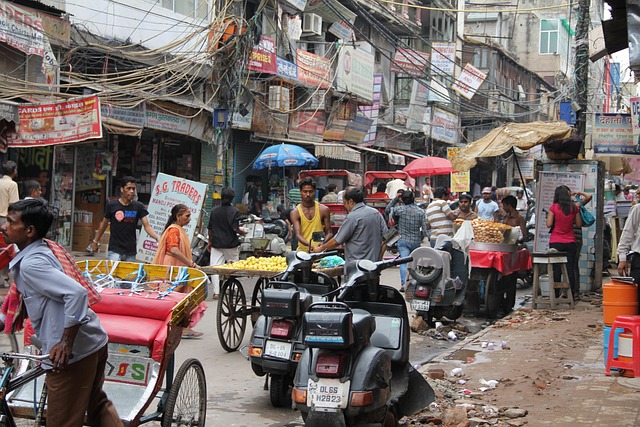The world is a whirlwind of motion, color, and light—chaos at its finest. As a photographer, transferring the energy of life’s unpredictable moments into a photograph is both an art and a science. The key to this journey lies in understanding optics, the very essence of how we capture that chaos through our cameras.
When I first picked up a camera, I was drawn to the promise that it held: the ability to frame chaos in a way that resonates with others. Each click of the shutter is a dance with the unpredictable. Whether it’s the fleeting expressions on people’s faces, the unexpected play of shadows during golden hour, or the sudden burst of colors in a bustling market, my lens serves as a bridge, connecting the viewer to the pulsating heart of that chaos.
Optics play a crucial role in translating the world around us into a two-dimensional narrative. The choice of lens fundamentally alters how we perceive chaos. A wide-angle lens can encompass the bustling streets of a city, allowing the viewer to feel the expansive energy of the environment. In contrast, a telephoto lens brings chaos into sharper focus—isolating a single moment that tells a story all its own. Each lens, with its unique way of bending light, transforms the raw energy of chaos into something visually compelling.
In photography, composition becomes the tightrope that balances this chaos. It’s easy to get lost in the myriad of colors and happenings in front of you, but the most powerful images often arise from a deliberate framing of that confusion. The rule of thirds, leading lines, and symmetry are tools that help guide the viewer’s eye, even within a busy scene. I often find myself meandering through a chaotic environment, searching for that perfect angle, that precise moment where all the elements collide just right—each click a new revelation.
There’s something profoundly satisfying about capturing the essence of turmoil and turning it into something serene. Moments of chaos can reveal the most human experiences, be it joy, struggle, or passion. Walking through a crowded festival, I might look for a fleeting glance or a spontaneous interaction that embodies the spirit of the day. The beauty lies not just in the chaos itself, but in the stories we extract from it, crafting images that resonate with our audience.
As a photographer, your relationship with your camera evolves over time. By developing a deeper understanding of optics and composition, you become more attuned to the chaos you want to capture. Photography is not just about freezing a moment in time; it’s about expressing the emotions tied to that moment, the chaos that surrounds it, and the story it tells. This journey is both personal and shared, as each photograph serves as a visual dialogue, inviting others to interpret the chaos that we often take for granted.
In the future, I hope to continue exploring how diverse environments—urban landscapes, natural settings, or intimate gatherings—allow chaos to unfold beautifully. With each new setting comes fresh challenges, but it’s through embracing these chaotic moments that we can truly grow as photographers. After all, it’s not just about what we see through the lens, but how we choose to present that chaos to the world.



